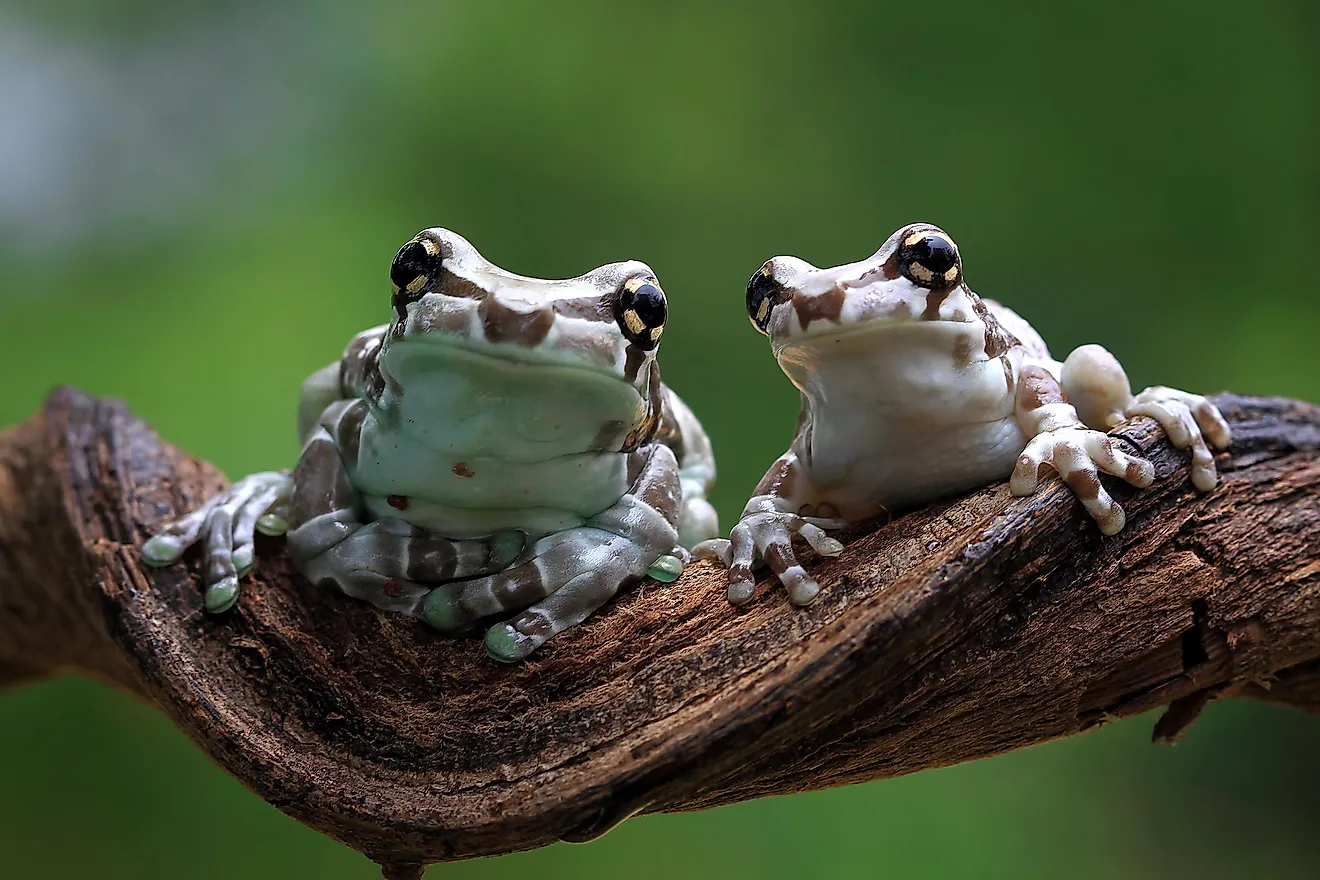
Top Facts About The Amazon Milk Frog WorldAtlas
The Mission golden-eyed tree frog [2] or Amazon milk frog ( Trachycephalus resinifictrix) is a large species of arboreal frog native to the Amazon Rainforest in South America. It is sometimes referred to as the blue milk frog due to a sticky, milk-like substance that they produce when feeling threatened.
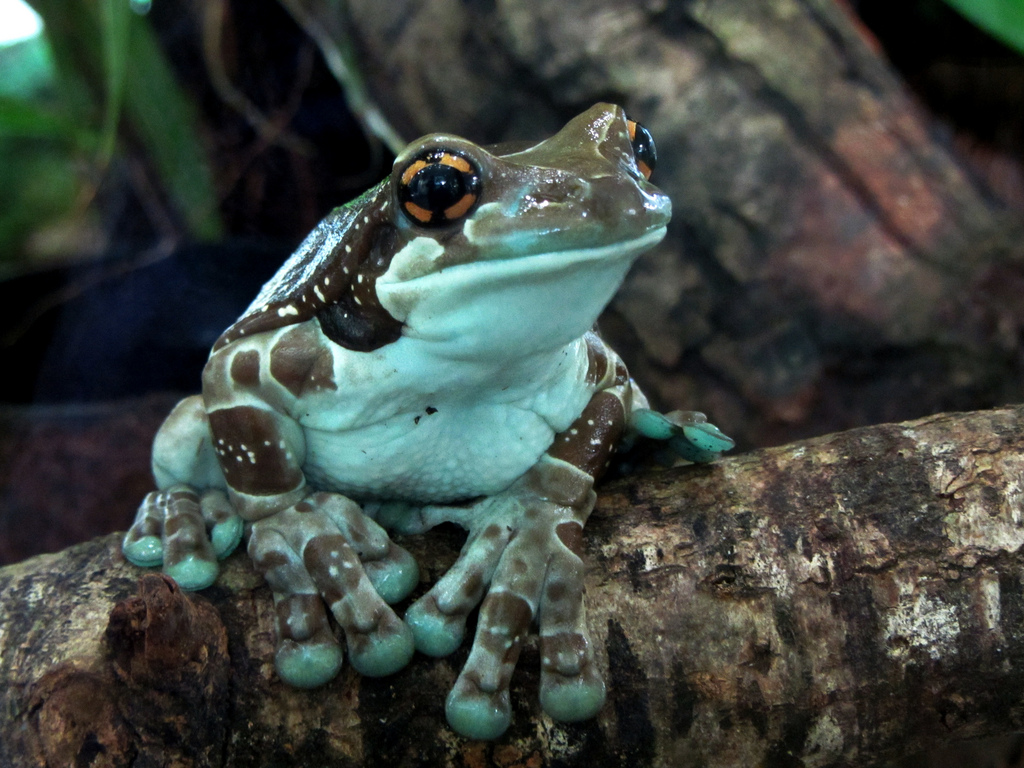
Amazon Milk Frog Facts and Pictures
The Amazon Milk Frog is nature to the Amazon Rainforest in South America. They are also called the Mission Golden-Eyed Tree Frog due to their copper-colored eyes that stand out among the other frog species. They are relatively large as far as frogs go, reaching about 2.5 to 4 inches in length.
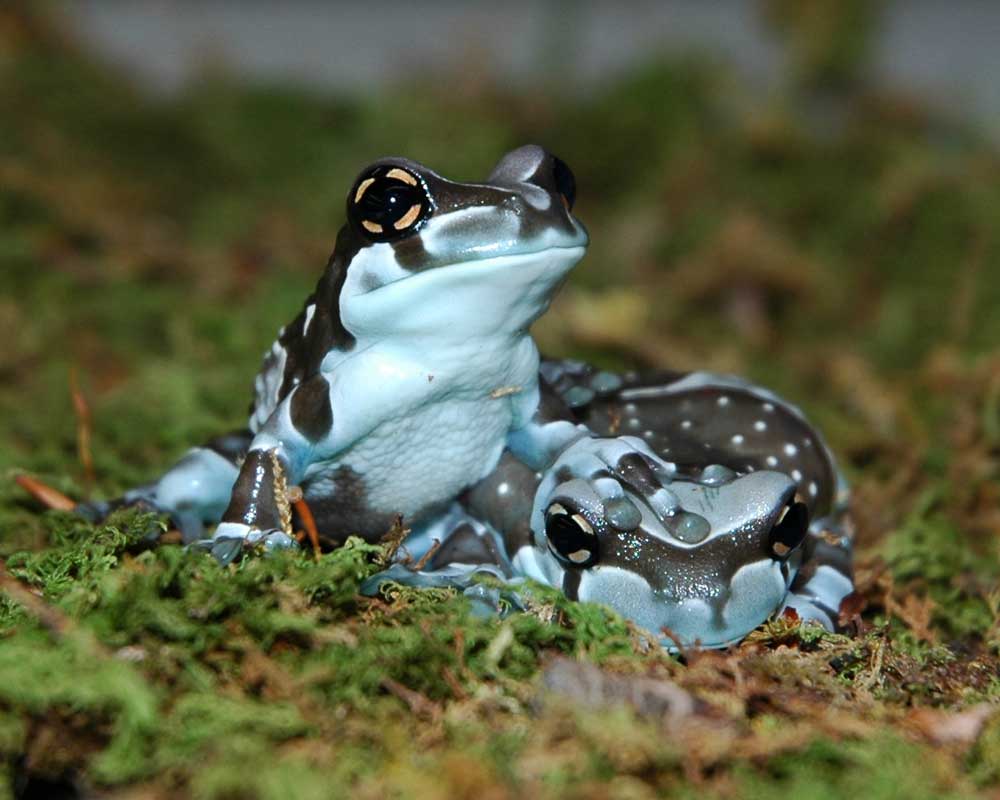
Amazon Milk Frog NuPets Pet Centre
The Amazon milk frog is one of the giant frogs you can see in all South America. They grow up to 4 inches in length. AKA Mission Golden-Eyed Tree Frog The Amazon milk frog goes by several other names. The Amazon milk frog goes by several other names: Blue milk frog, Boatman frog, Mission golden-eyed tree frog. Where Do They Live?
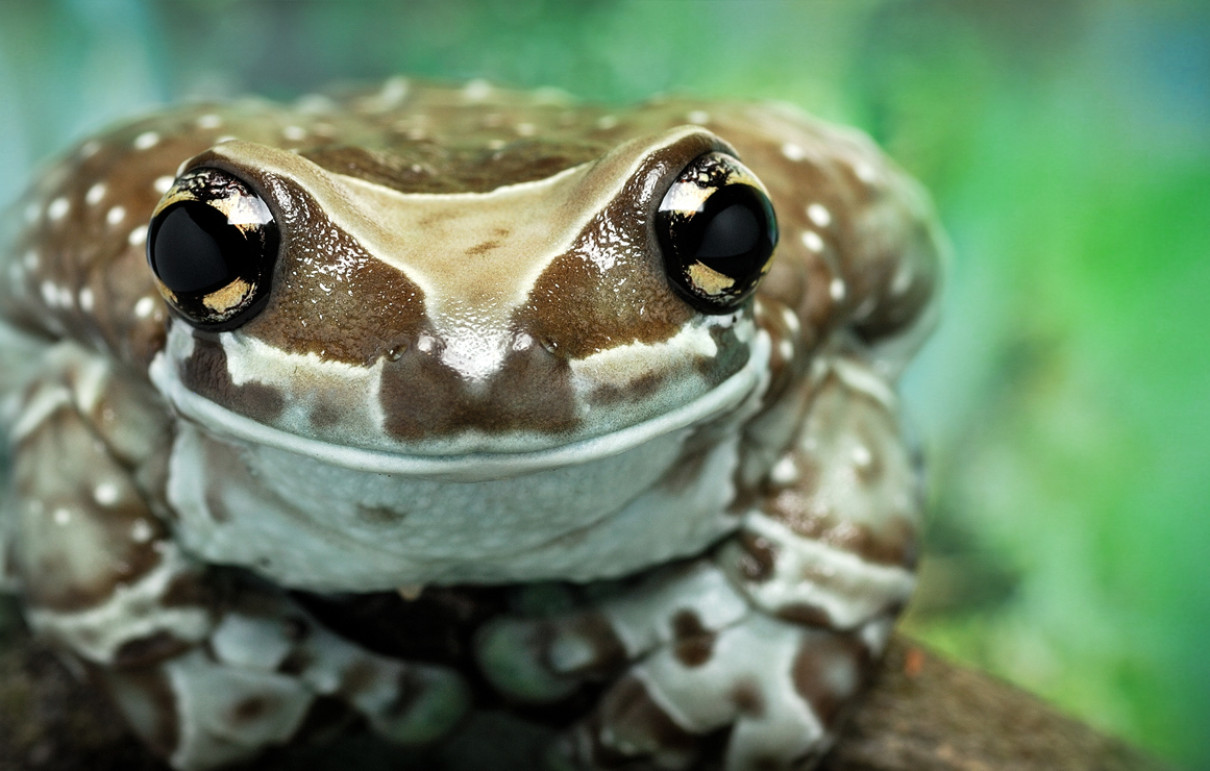
Amazon Milk Frog Lehigh Valley Zoo
Amazon milk frogs (Trachycephalus resinifictrix) are found in the tropical rainforests of South America. Populations are widespread in Guyana, Colombia, Brazil, Ecuador and Peru. These amphibians received the name "milk frog" from the sticky white substance they secrete through their skin when threatened.

The Amazon Milk Frog
Amazon Milk Frogs are native to Colombia, Equador, Peru, Bolivia, Venezuela, Suriname, Guyana & French Guyana and Brazil. They prefer tropical primary rainforests up to an elevation of 450m above sea level. The type locality of the Amazon Milk Frog referenced in the original description is Maracanã River in Pará, Brazil. The Amazon Milk Frog's common name refers to the milky white secretions.
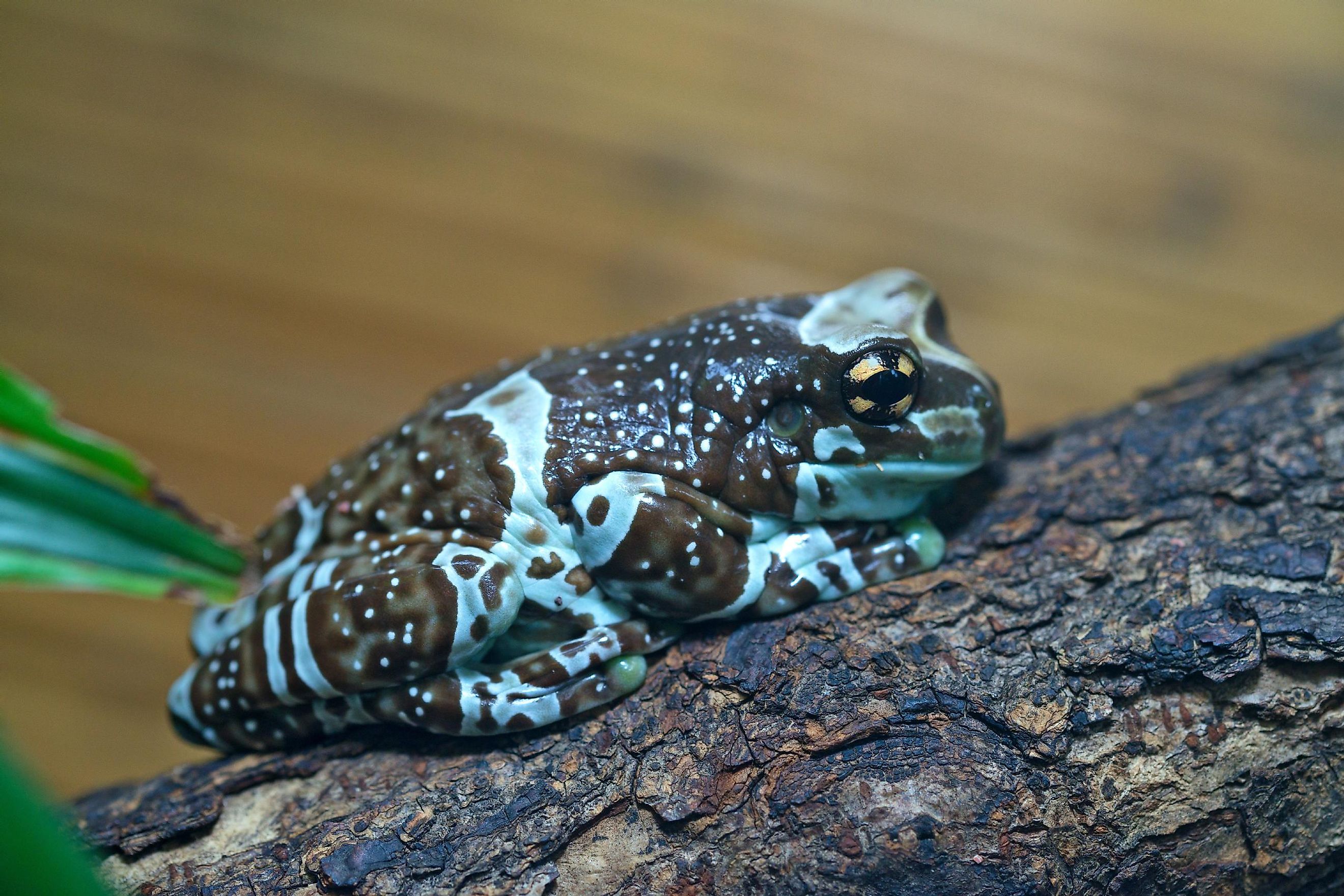
Top Facts About The Amazon Milk Frog WorldAtlas
Adults range from 2.5 - 4.5 inches in length Ferocious eaters IUCN conservation status is "Least Concern" Complete Care Guide for Amazon Milk Frogs In order to raise healthy Amazon milk frogs, you need to provide a habitat that reflects their natural environment.
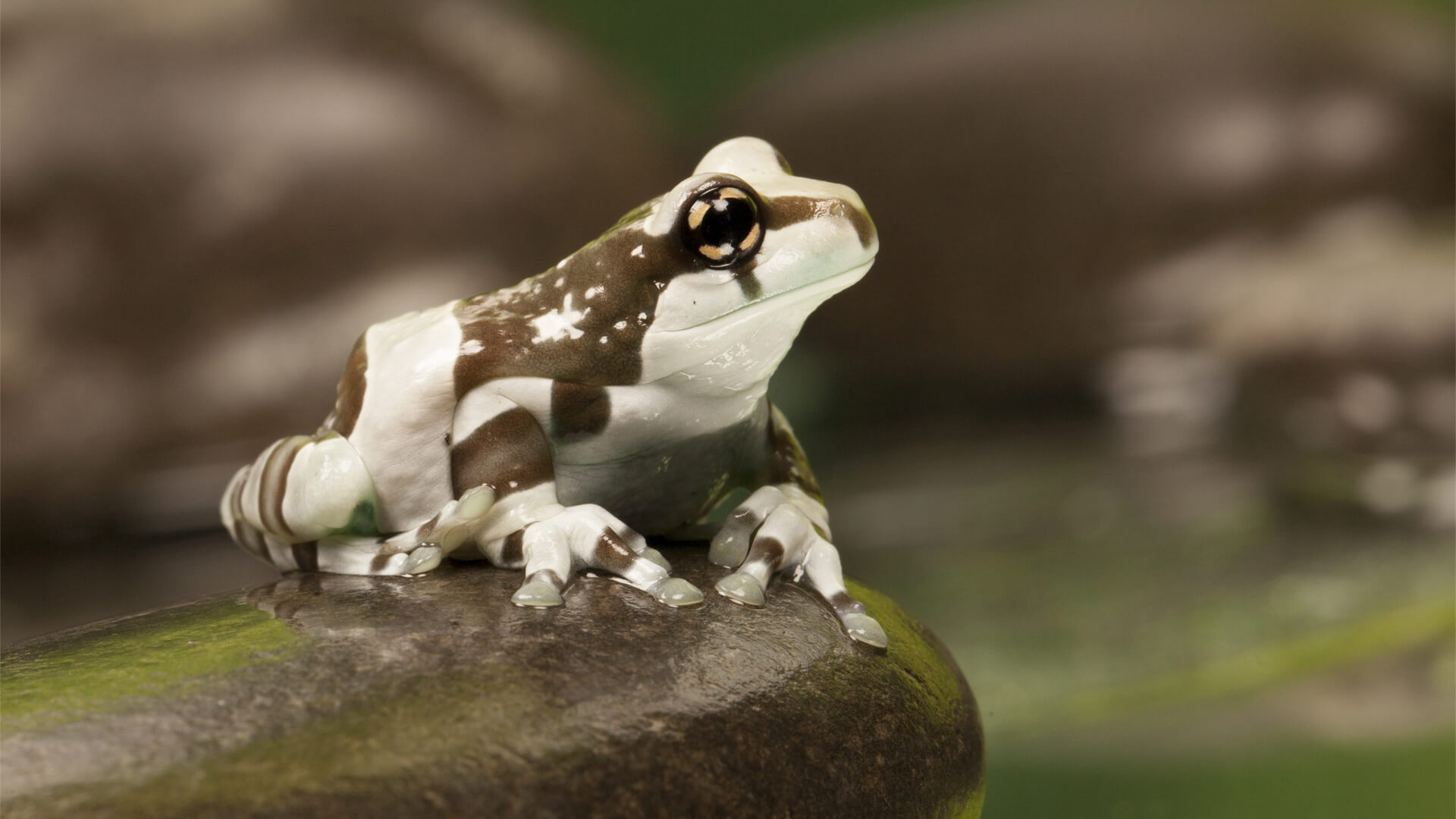
Central Florida Zoo & Botanical Gardens Amazon Milk Frog Attraction Central Florida Zoo Animals
The Amazon milk frog (Trachycephalus resinifictrix) earns its name "milk frog" from the sticky white substance it secretes through its skin when threatened or stressed.This poison is mildly poisonous to all its potential predators. The frog inhabits the tropical rainforests of South America and its populations are widely spread across Guyana, Brazil, Colombia, Equator, and Peru.

True Animals Lovers Amazon Milk Frog
Amazon milk frogs (Trachycephalus resinifictrix) are small to medium-sized, nocturnal, arboreal amphibians native to the Amazon Basin of South America. They prefer forest canopy for habitat, with access to water-filled tree holes. Amazon milk frogs are soft, 2.5-4" long frogs with bumpy skin and round, sticky toe pads.

Log In To Frog / As they are in almost every part of the world, finding them can be a good
The Amazon milk frog is a large rainforest frog that is named for the poisonous, milky fluid it secretes when stressed. It is also known as the blue milk frog, for the striking blue coloring of its mouth and feet. Its other name is the Mission golden-eyed tree frog, for the black cross shape within its golden eyes.
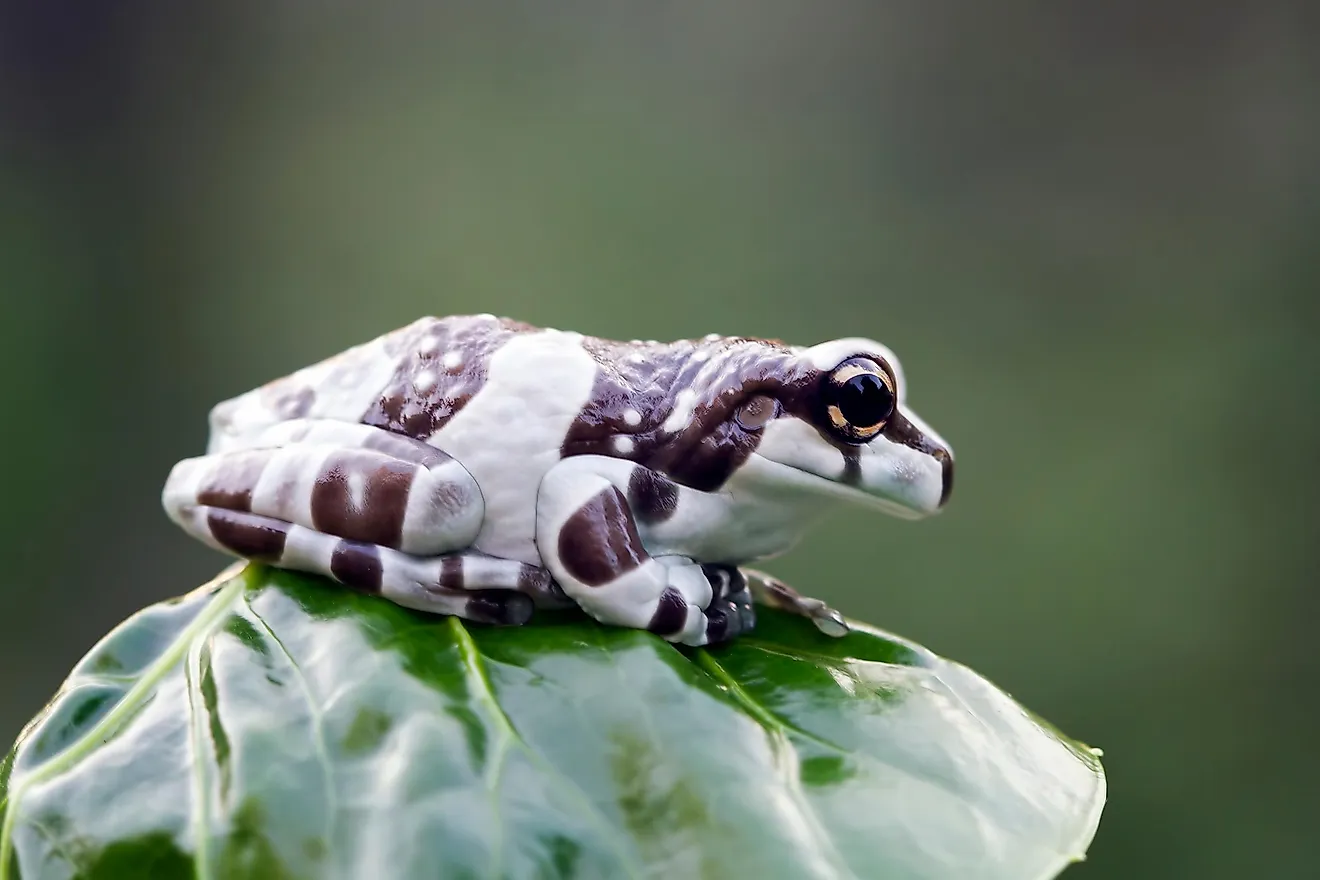
Top Facts About The Amazon Milk Frog WorldAtlas
The Amazonian milk frog is a fun and easy-to-keep pet commonly known as the panda frog or milk frog. Amazon Milk Frogs get their name from the white secretion from their backs, which looks milky when released. The secretion rarely occurs with captive-bred animals. They are also known as Amazon Cave Frogs and Gold Mission Frogs for the black.
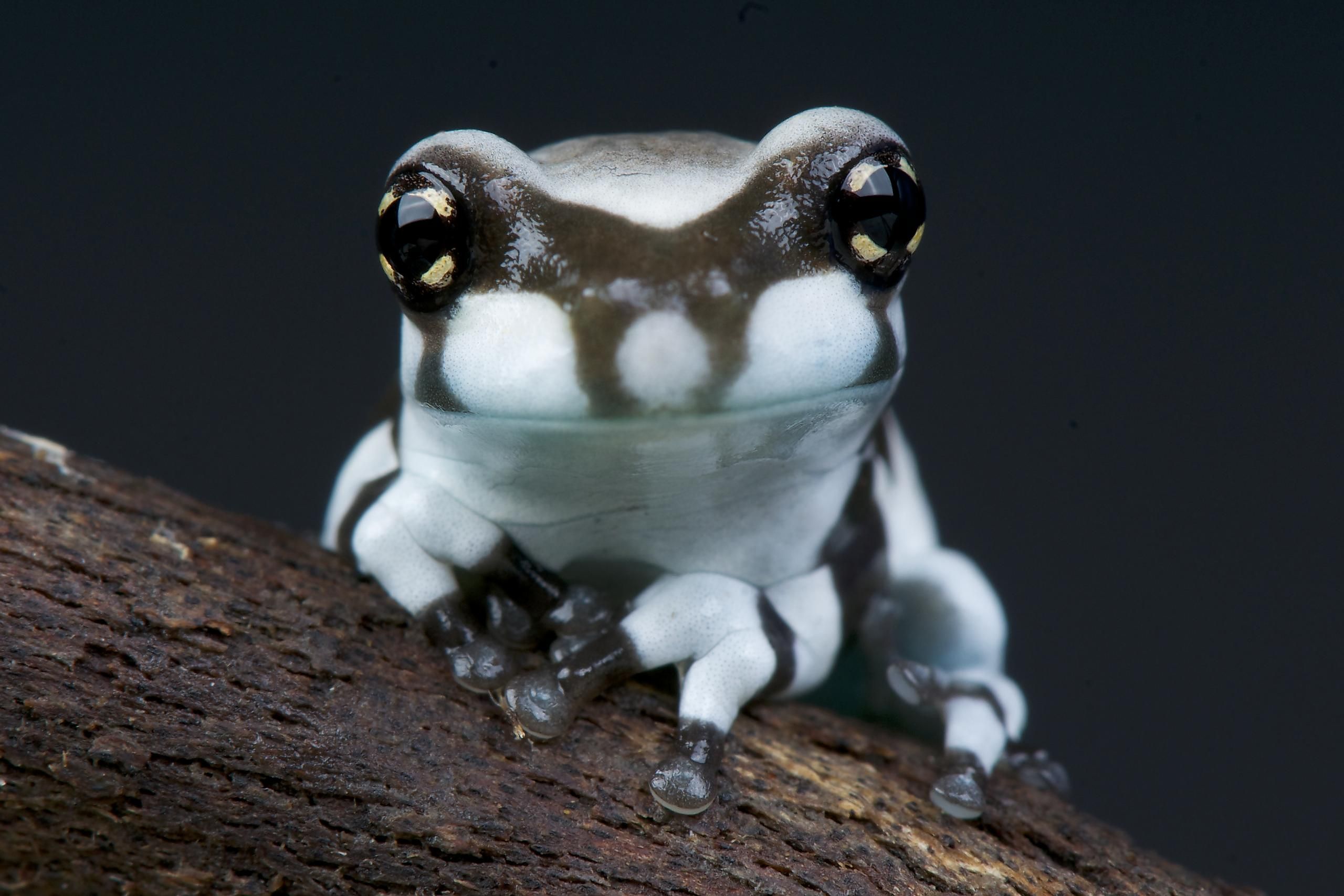
Top Facts About The Amazon Milk Frog WorldAtlas
Amazon Milk Frogs (Trachycephalus resinifictrix) are a fantastic amphibian for a lot of creature keepers, but are they a good fit for you?Our Creature Care g.
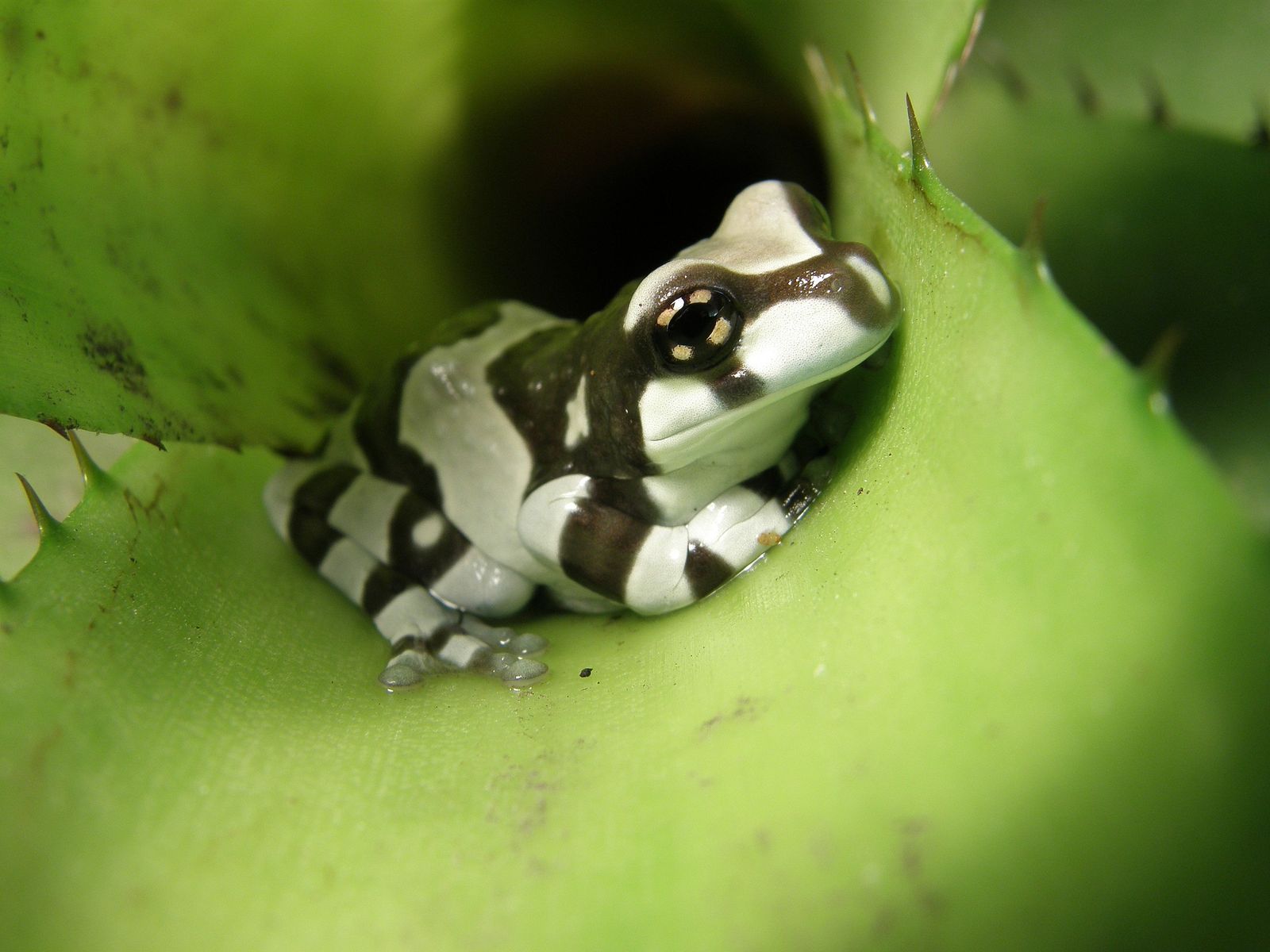
Amazonian Milk Frog 1 Free Photo Download FreeImages
Amazon milk frogs are one of the largest frogs in South America growing up to 4 inches in length. They live up in the tree canopies in the rainforests of South America. While they rarely leave the trees, milk frogs prefer to be near slow- moving water. They are a light gray color with patterns of brown or black banding, which fade as they age.
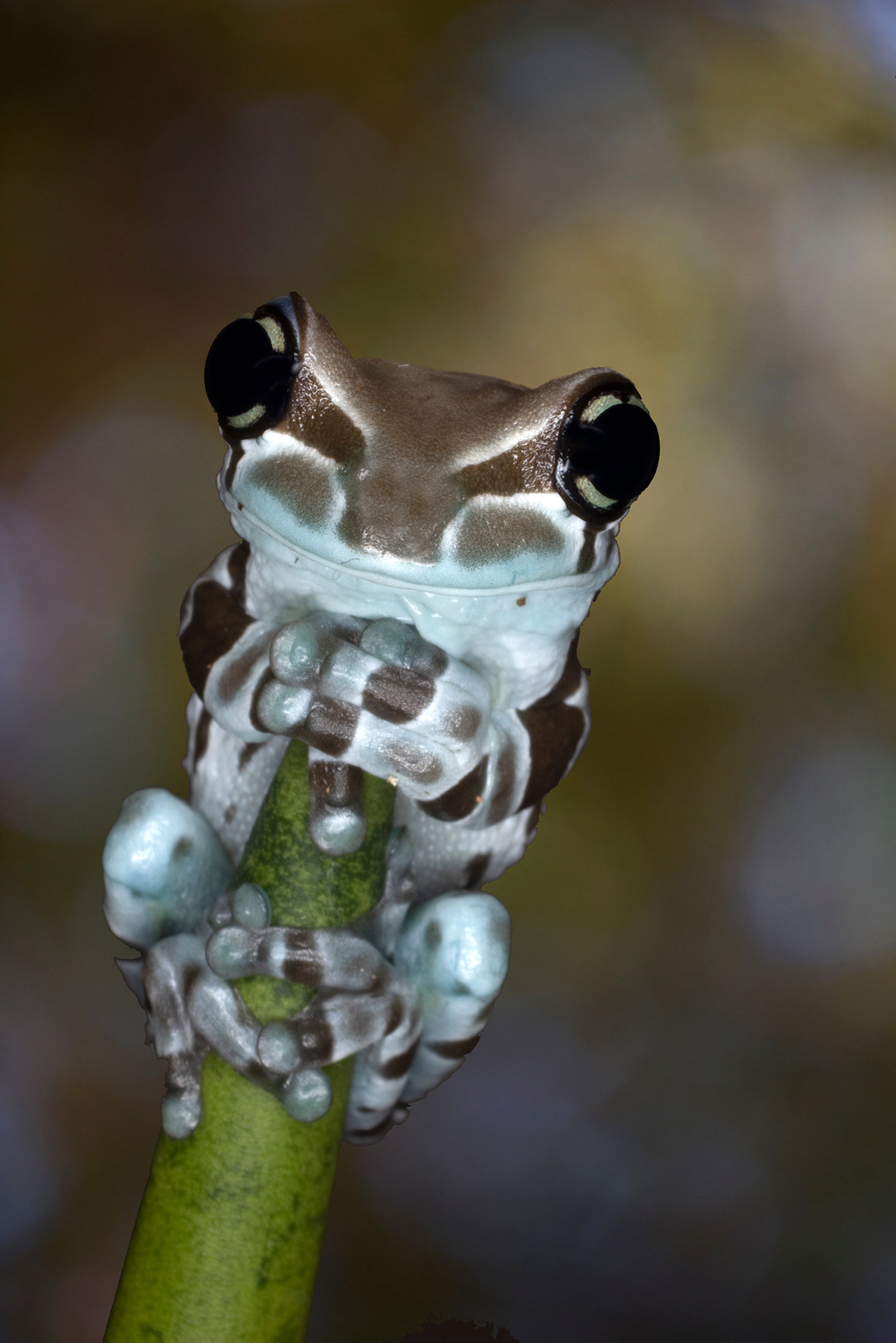
Amazon milk frog Jim Zuckerman photography & photo tours
By Chris Dinesen Rogers Updated on Aug 14, 2023 Share The Amazon Milk Frog ( Trachycephalus resinifictrix) or Mission Golden-Eyed Tree Frog is an arboreal amphibian native to the tropical rainforests of South America. It often stays in the canopy and rarely goes down to the ground.
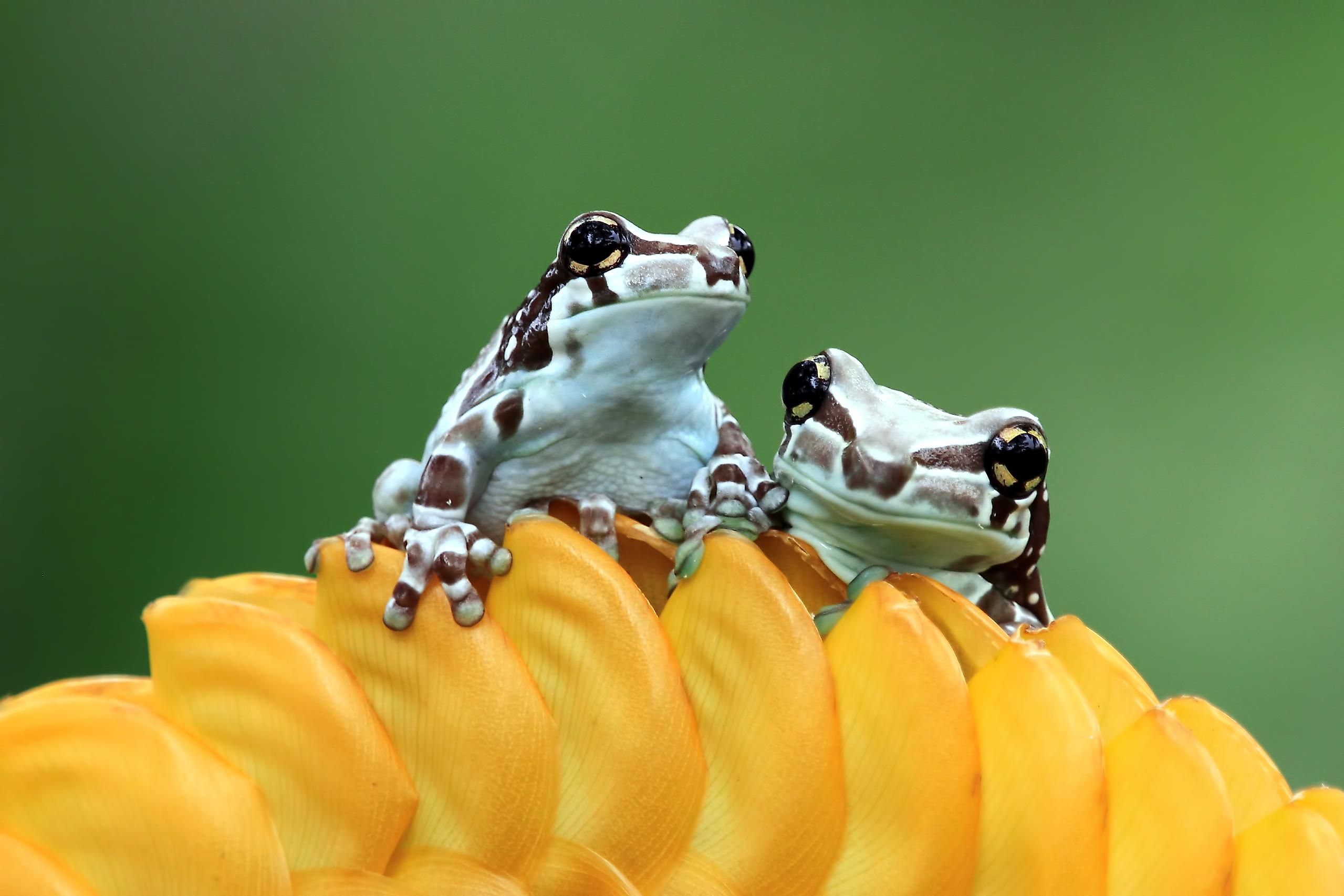
Top Facts About The Amazon Milk Frog WorldAtlas
Amazonian milk frogs occupy rainforest regions where humidity is rather high. They can be frequently spotted in vegetation that extends over slow-moving water bodies. Their natural range in the wild spans across Colombia, Venezuela, Brazil, British Guyana, Trinidad and Tobago, Ecuador, Bolivia, Peru, and French Guiana.
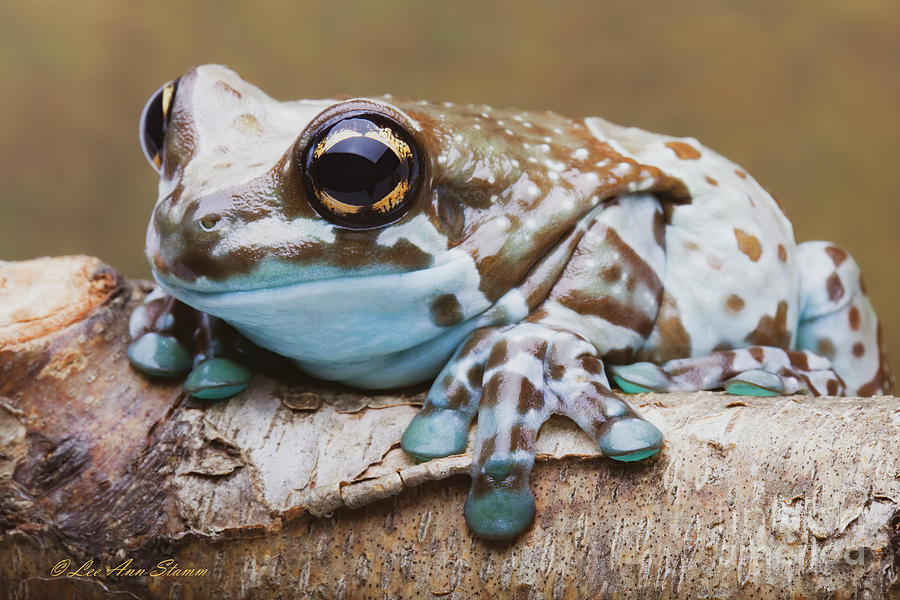
Amazon Milk Frog Photograph by Lee Ann Stamm Pixels
Amazon milk frogs require a near constant air temperature of 75oF on the warm side of the enclosure. This is best achieved by sticking a large heatmat on one side of the glass enclosure. This heatmat is regulated using a thermostat to make sure the temperature doesn't exceed 75oF. As the glass is only being heated on one side this also creates a small temperature gradient within the enclosure.
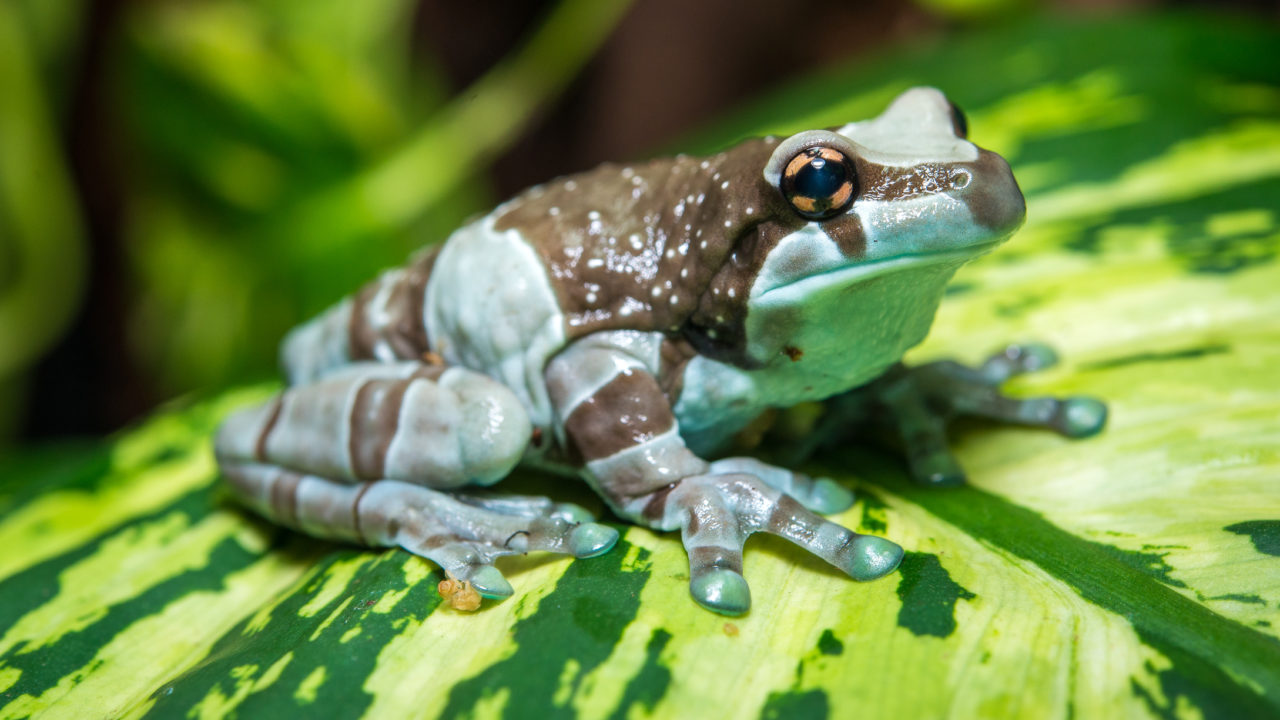
Amazon Milk Frog The Houston Zoo
Amazon milk frogs are primarily arboreal and are found in the tropical rainforest canopy in the Amazon Basin, in parts of Ecuador, Venezuela, Colombia, Peru, Bolivia, Guyana, French Guiana, Suriname and Brazil. Social Behavior Males will vocalize from a water-filled tree cavity on a clear night to better carry the sound of their call.